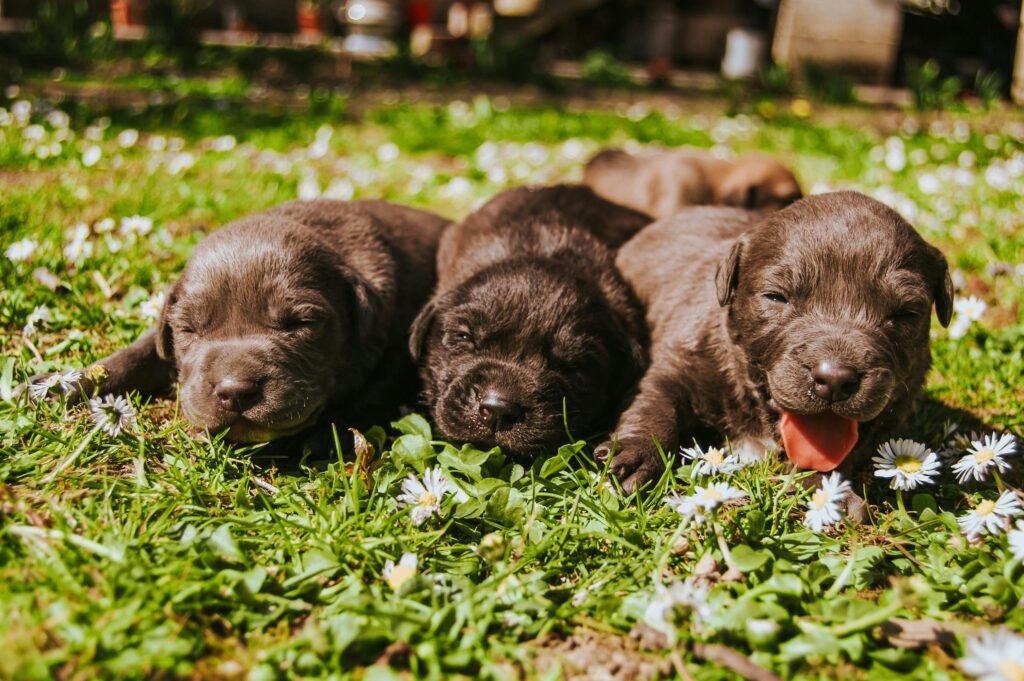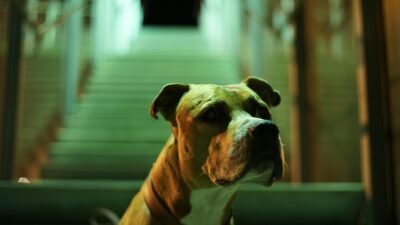Introduction
It’s a not unusual place sight for canine proprietors: a satisfied doggy enthusiastically rolling on a patch of grass, once in a while wriggling with natural pleasure. While this conduct is lovely and amusing, it regularly leaves proprietors thinking why puppies do it. Is it instinctual, or are they simply taking part in themselves?
Dogs rolling in grass is a multifaceted conduct rooted of their ancestry, sensory needs, and herbal instincts. This article delves into the motives why puppies roll in grass, the ability blessings of this conduct, and while it’d sign an underlying issue.
Instinctual Behaviors Passed Down From Ancestors
Dogs’ grass-rolling conduct has deep evolutionary roots. Their ancestors, wild wolves, might roll in grass to masks their heady fragrance. This conduct helped them combo into their surroundings, making it less difficult to stalk prey or keep away from predators.
Even aleven though present day puppies now no longer want to hunt, this intuition stays ingrained of their DNA. By rolling in grass, they hook up with their primal roots and specific behaviors that had been important for survival withinside the wild.
Scent Marking and Camouflage
Dogs have a heightened feel of odor, and rolling in grass may assist them select out up or go away scents. Here’s how this works:
Picking Up Scents: Grass regularly incorporates smells from different animals, plants, or the surroundings. Rolling in those scents will be a manner for puppies to collect data or sense related to their environment.
Camouflaging Their Scent: Some professionals accept as true with puppies roll in grass to masks their herbal heady fragrance with earthy or grassy odors, mimicking the conduct in their wild relatives.
Relieving Itchiness or Irritation
Rolling in grass can offer bodily alleviation for puppies experiencing itchiness or minor pores and skin irritations. Grass acts as a herbal exfoliant, supporting puppies scratch hard-to-attain areas.
However, in case your canine often rolls and indicates symptoms and symptoms of pores and skin redness or soreness, it’d suggest allergies, fleas, or pores and skin situations requiring attention.
Enjoyment and Playfulness

Sometimes, rolling in grass is sincerely a supply of pleasure in your canine. The sensation of cool, tender grass on their fur can sense refreshing, in particular on heat days. Dogs are acknowledged for dwelling withinside the second, and rolling in grass may be their manner of indulging in easy pleasures.
Signs that your canine is rolling in basic terms for a laugh consist of wagging tails, comfortable frame language, and bursts of playful electricity.
Exploring Their Environment
Dogs use all their senses to discover the world, and rolling in grass allows them have interaction with their surroundings. By bodily immersing themselves in grass, they enjoy its texture, odor, or even taste.
This sensory exploration enriches their information in their environment and satisfies their curiosity, in particular in the course of walks or out of doors playtime.
Communicating With Other Dogs
Dogs may also roll in grass as a manner to percentage data with different puppies. By selecting up awesome smells from the grass or leaving their personal heady fragrance behind, they make a contribution to a “heady fragrance language” that puppies use to communicate.
Masking Odors They Dislike
Sometimes puppies roll in grass to rid themselves of a heady fragrance they locate unpleasant. If they have currently been bathed or sprayed with a perfume-like product, rolling in grass may be their manner of changing the synthetic odor with some thing extra herbal and comforting.
When to Be Concerned
While grass rolling is typically innocent, there are times while it’d sign an issue:
Persistent Rolling: If your canine is continuously rolling and looks uncomfortable, test for pores and skin irritations, allergies, or parasites like fleas and ticks.
Rolling in Foul Substances: Some puppies love rolling in stinky such things as feces or useless animals, that can reveal them to micro organism or parasites.
Obsessive Behavior: If rolling turns into obsessive or disrupts each day activities, it may suggest strain or behavioral issues.
Consult your veterinarian in case you note any uncommon styles or symptoms and symptoms of soreness related to grass rolling.
How to Manage Grass Rolling

Provide Alternative Activities
Offer toys, puzzles, or video games to distract your canine and offer opportunity retailers for his or her electricity and curiosity.
Groom Regularly
Ensure your canine’s coat and pores and skin are wholesome through grooming frequently and addressing any symptoms and symptoms of infection or infestation.
Monitor Their Environment
Keep an eye fixed on in which your canine rolls to make sure they are now no longer exposing themselves to dangerous materials like pesticides, fertilizers, or different contaminants.
Conclusion
Dogs roll in grass for numerous motives, starting from instinctual behaviors and sensory exploration to sheer pleasure and playfulness. While it is regularly a innocent and herbal activity, taking note of your canine’s frame language and surroundings is vital to make sure their fitness and safety.
Embracing your canine’s grass-rolling antics can offer perception into their instincts and preferences. Whether they are mimicking their wild ancestors or sincerely taking part in the second, this quirky conduct is simply some other manner puppies remind us in their specific and endearing personalities. So the following time your doggy dives right into a patch of grass, take a second to comprehend the easy joys that deliver them happiness.




